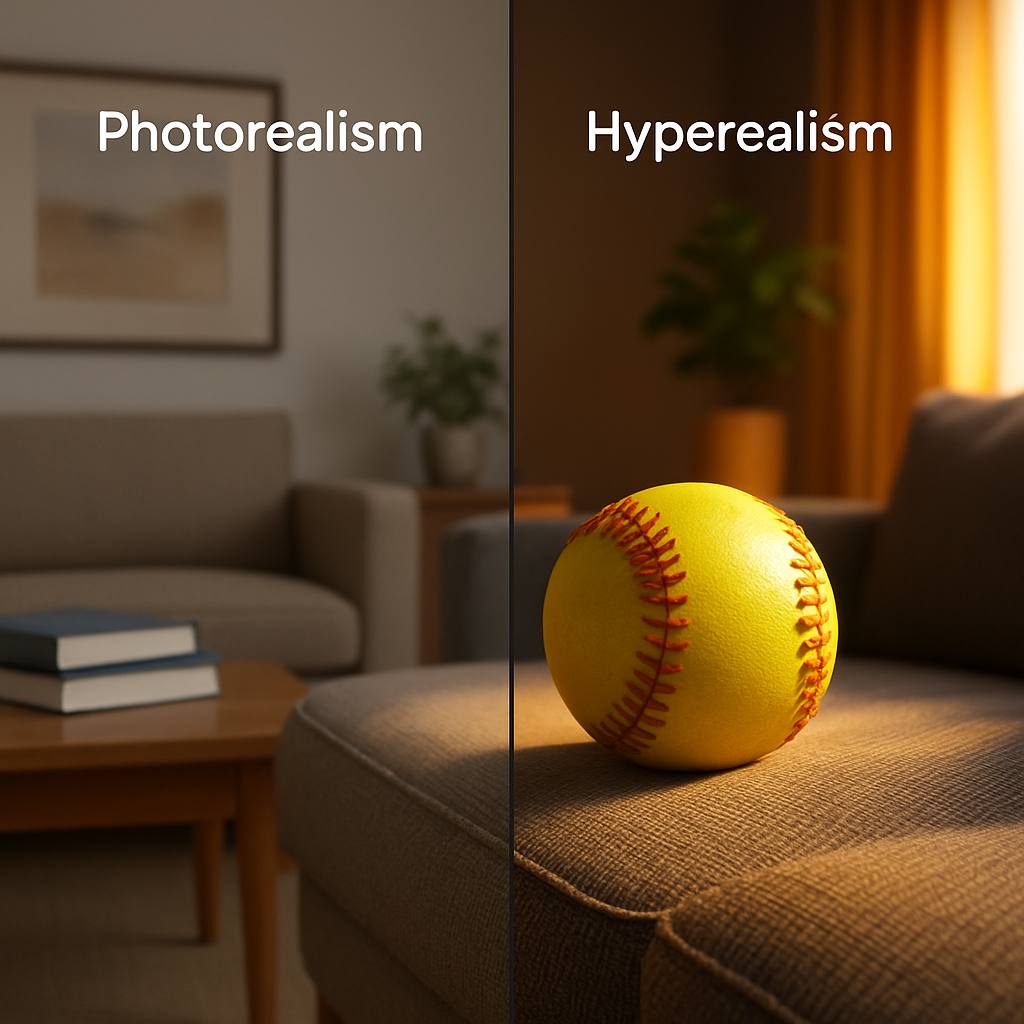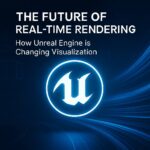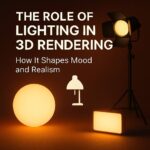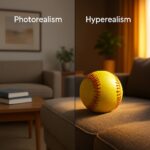In the world of 3D visualization, photorealism is often seen as the gold standard. But what happens when an image becomes even more striking than reality itself? That’s where we enter the realm of hyperrealism.
Although the two terms sound similar, they serve different purposes and appeal to different emotions. Let’s explore the key differences — and why you might choose one over the other.
📸 What is Photorealism in 3D?
Photorealism aims to replicate the look of a real-world photo.
It’s all about accuracy:
- Correct lighting and shadows
- Realistic materials (PBR-based)
- Physically accurate reflections
- Imperfections like fingerprints, scratches, dust
Photorealism is essential when your audience needs to believe that what they’re seeing could exist — like in product visualization, architecture, or design approval.
🎨 What is Hyperrealism?
Hyperrealism takes reality… and amplifies it.
It’s not just about mimicking life — it’s about enhancing it to be more perfect, more dramatic, or more emotional than real photos.
- Ideal lighting conditions
- Perfect materials with exaggerated clarity
- Cinematic depth, contrast, and color grading
- Artistic touches that prioritize visual impact over realism
This style is common in high-end advertising, art direction, cinematic animation, and concept work.
🔍 Photorealism vs Hyperrealism: Key Differences
///
Goal
Detail
Lighting
Used for
Viewer reaction
Photorealism
Replicate real-world appearance
Subtle imperfections
Natural, balanced
Products, architecture, technical work
“Is this real?”
Hyperrealism
Exceed reality for emotional impact
Idealized surfaces
Controlled, dramatic
Ads, storytelling, cinematic scenes
“Wow! Thats stunning!”
🧠 Why This Choice Matters
• Do you want your product to feel authentic and grounded? → Go photoreal.
• Do you want your visuals to inspire, excite, or impress instantly? → Choose hyperreal.
Sometimes the best result is a blend — realistic base with artistic lighting or post-production flair.
🎯 How We Help You Choose the Right Look
At 3DFusion, we don’t just create beautiful images — we help you pick the right visual strategy for your brand.
From clean realism to bold visual storytelling, we tailor every render to fit the message you want to send.





